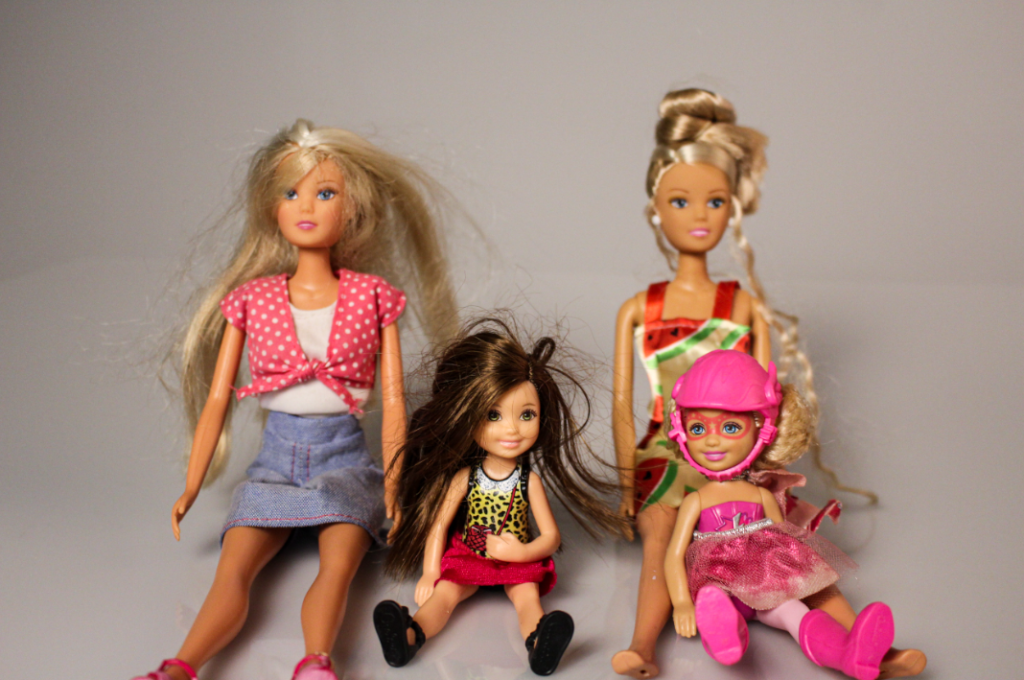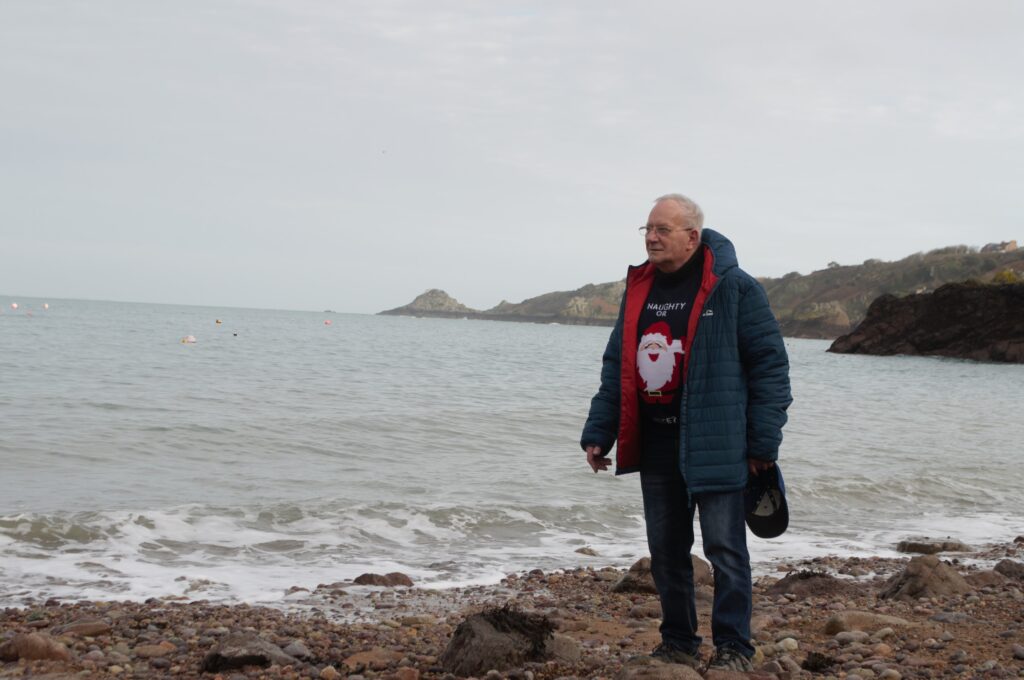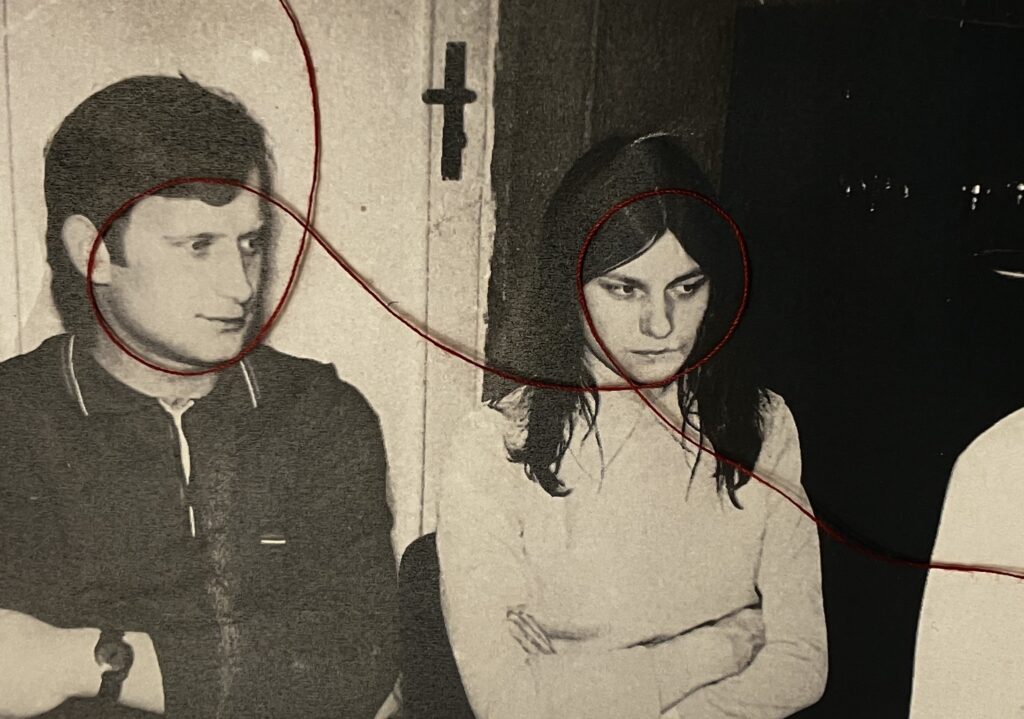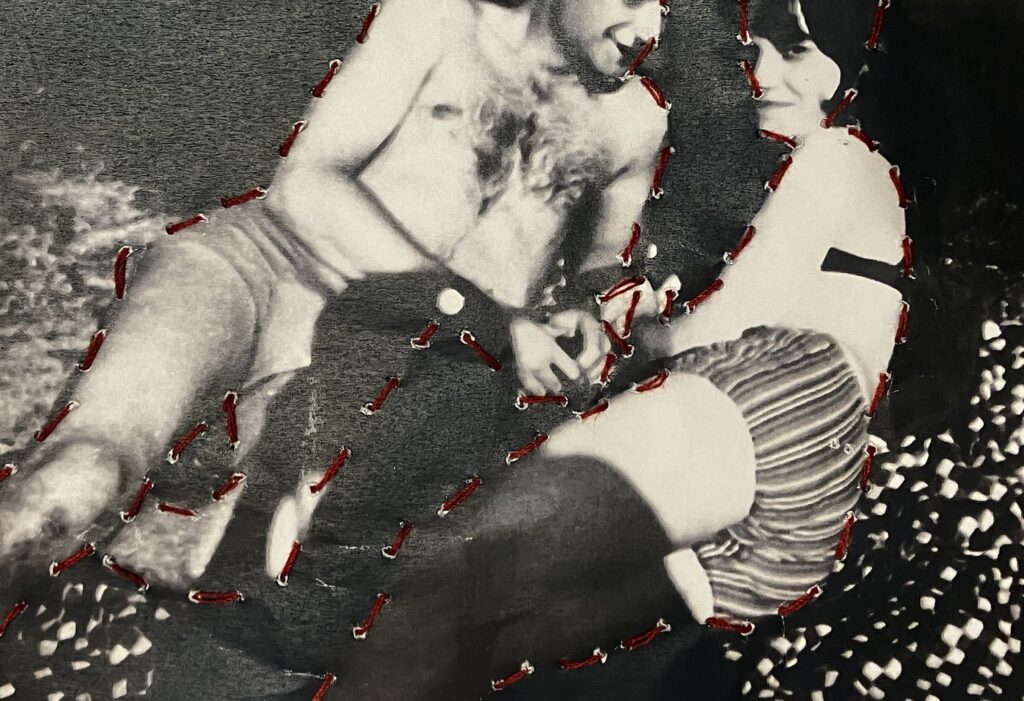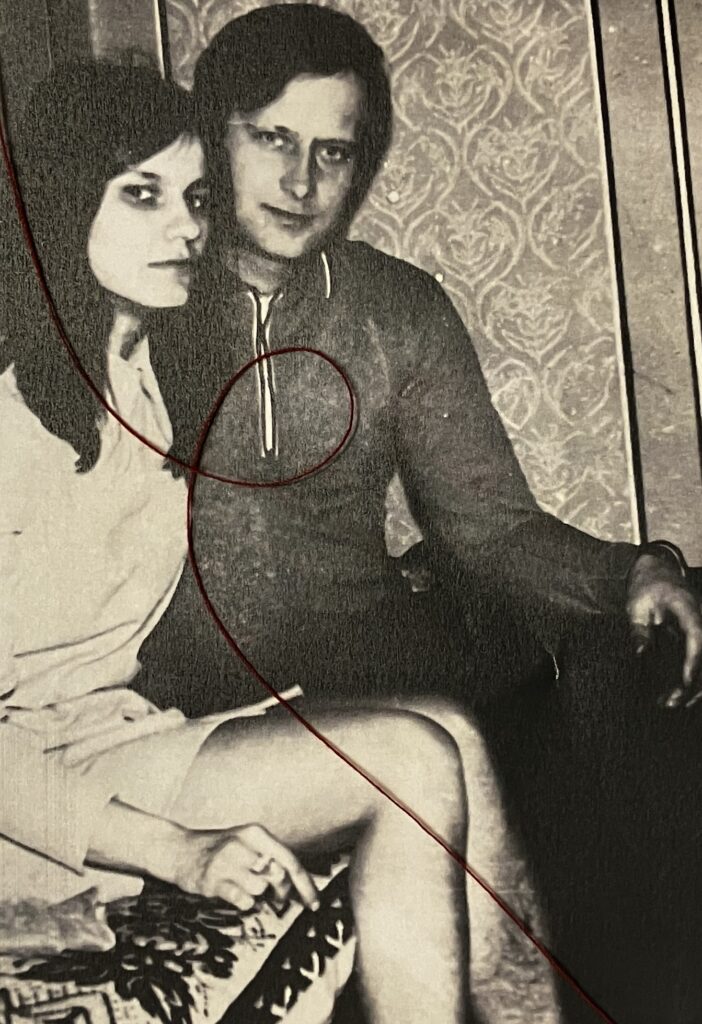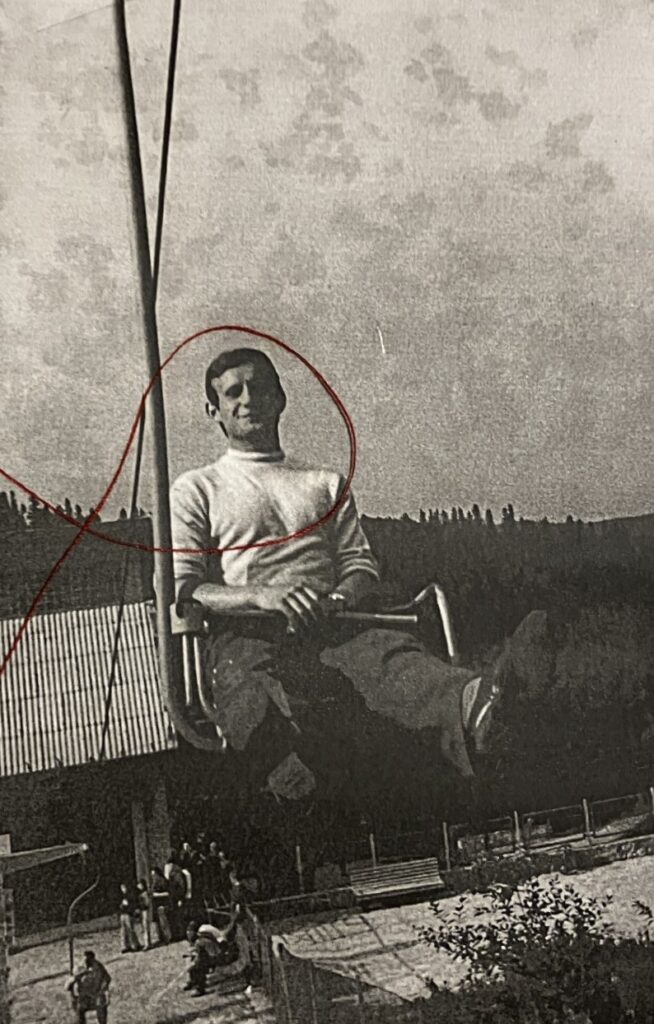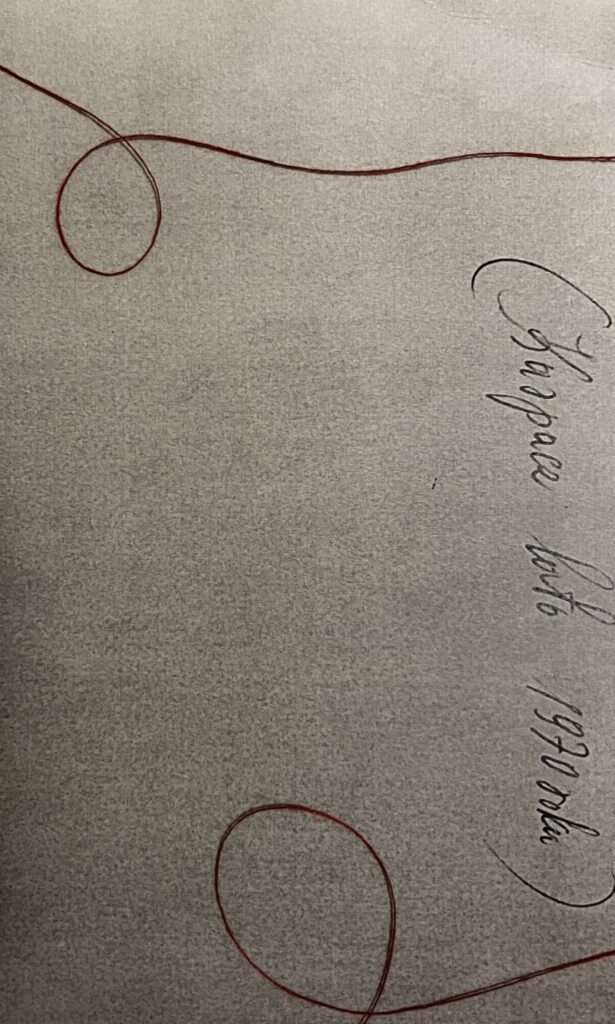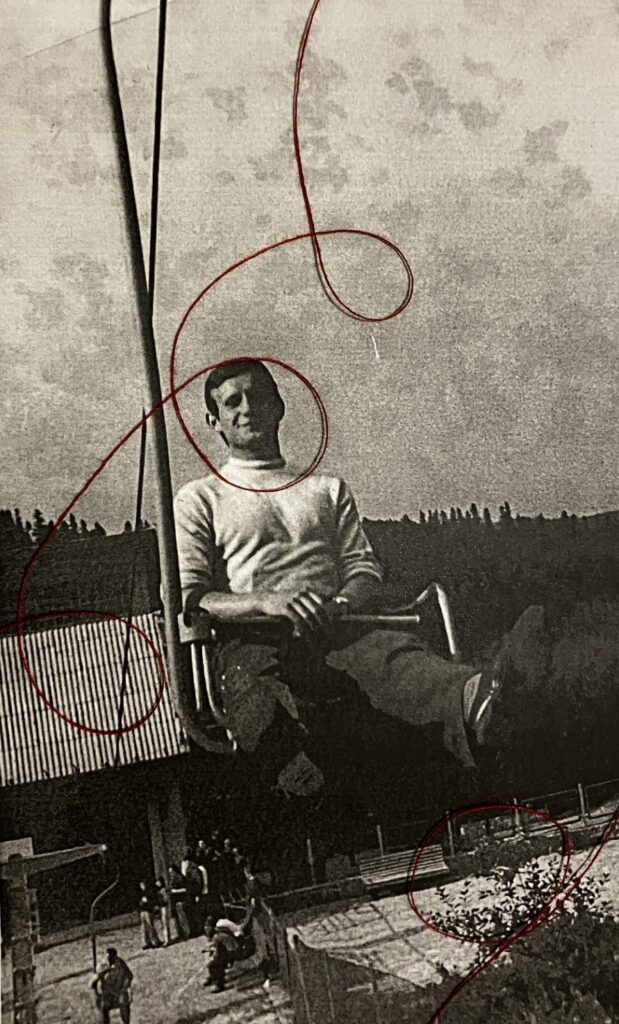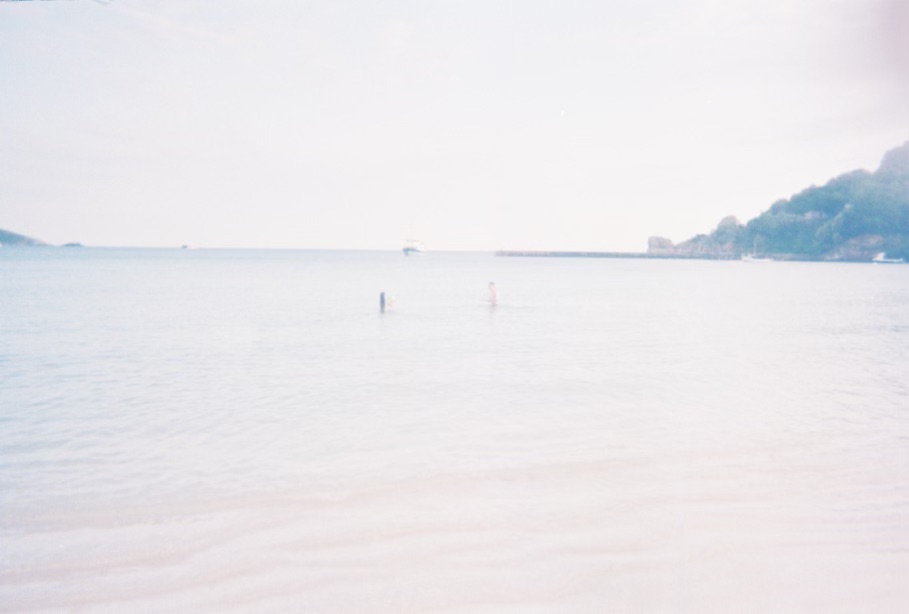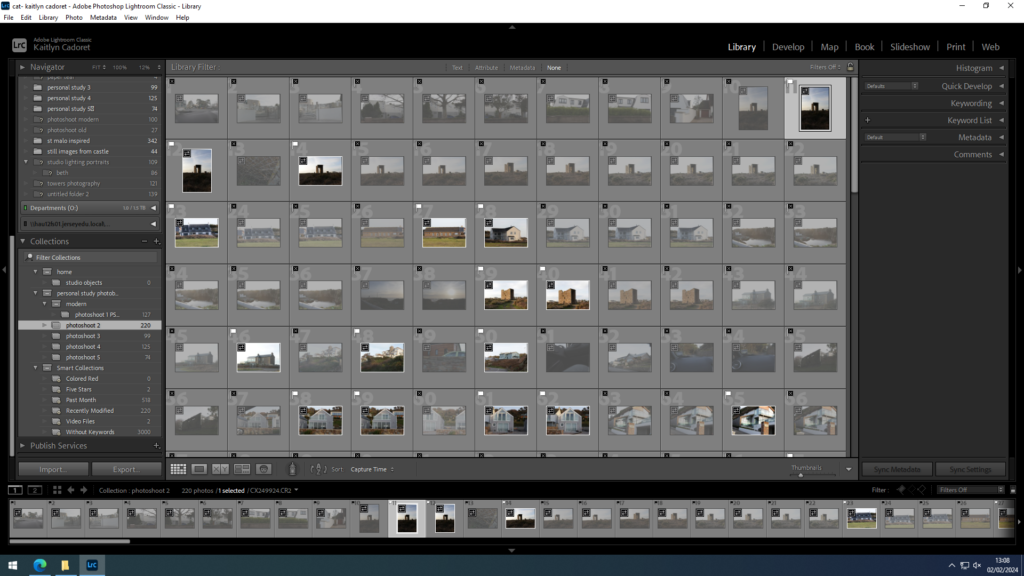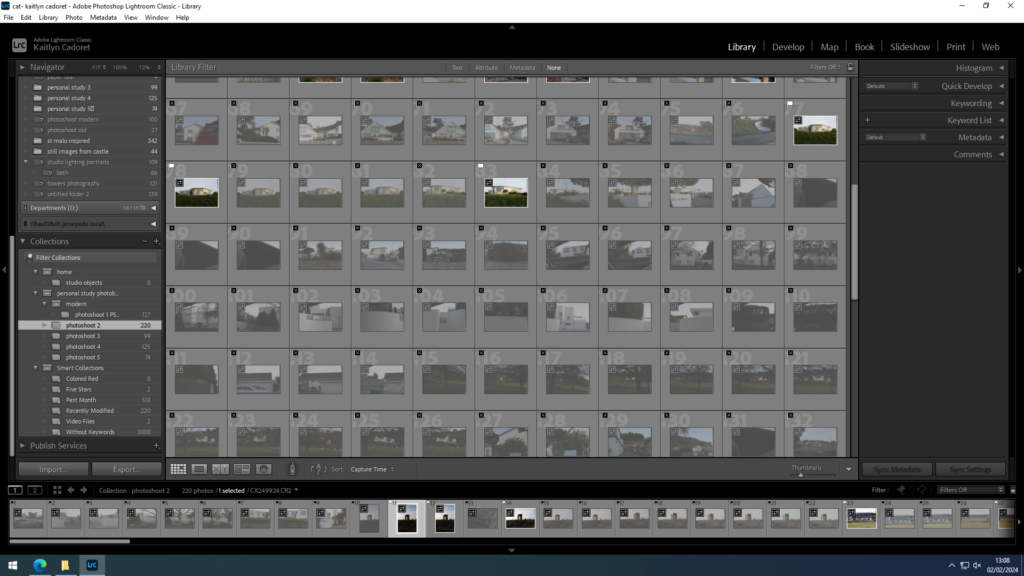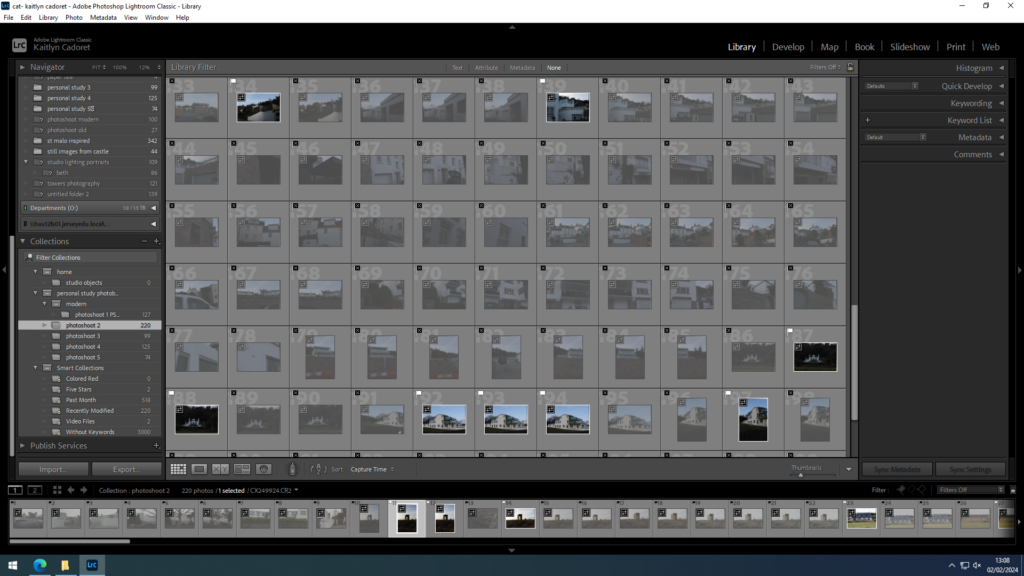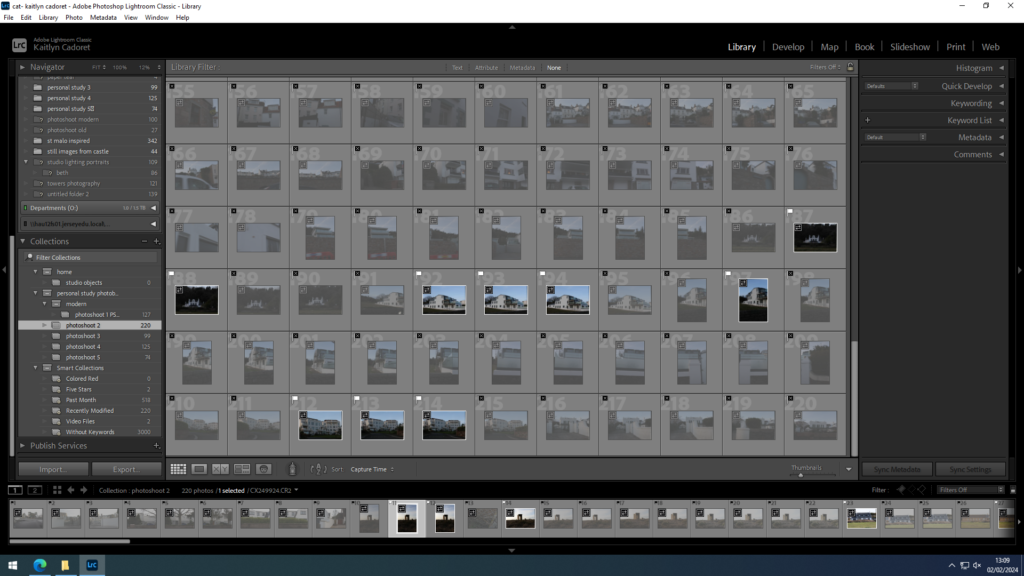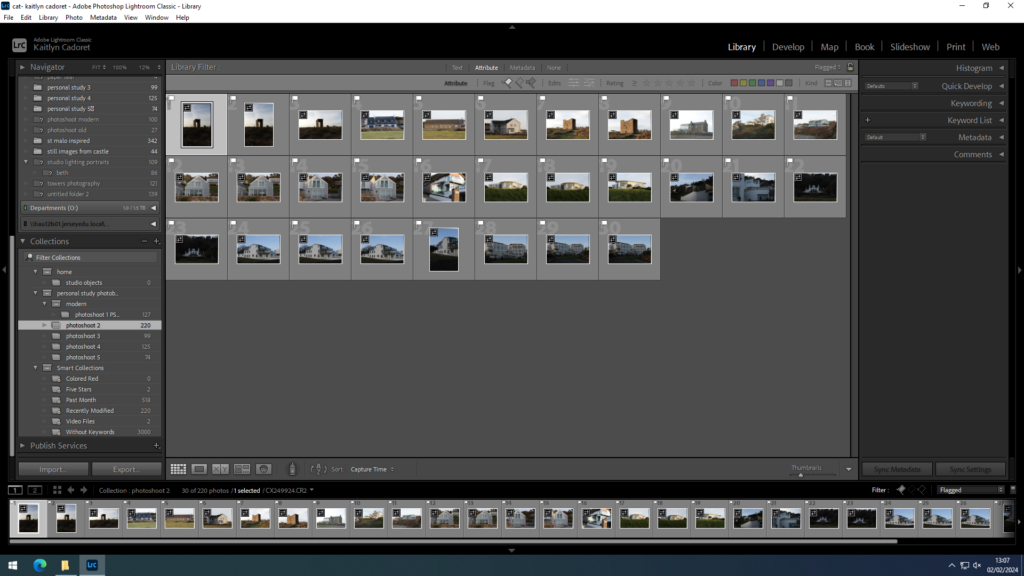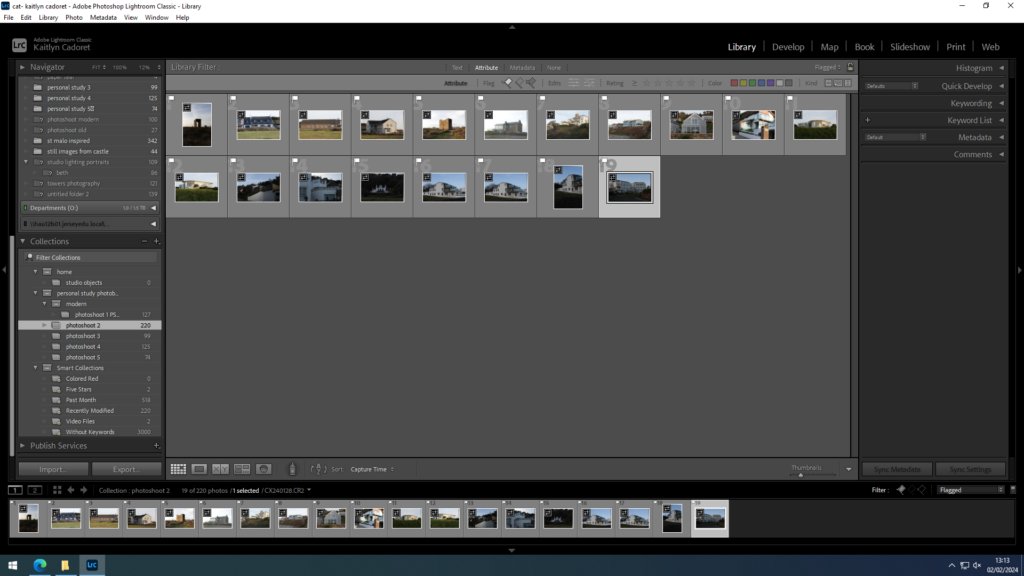Photobook: ILLUMINANCE
Rinko Kawauchi’s photobook named ‘Illuminance’ doesn’t have a consistent story throughout. However, each double page spread contains its own story. The book is pieced together by images that Kawauchi has taken throughout a long period of time; around 15 years of work that is both commissioned and personal projects. She lets the viewer interpret the images by presenting the images with no comments. The genre of her photobook is possibly surrealism, childhood memories or just everyday life experiences. She has a variety of subject matters, ranging from light, nature, water, people and more.
‘In Illuminance, Kawauchi continues her exploration of the extraordinary in the mundane, drawn to the fundamental cycles of life and the seemingly inadvertent, fractal-like organization of the natural world into formal patterns.’ [1]
Rinko Kawauchi
“The world is connected by what we cannot see,”
“in times of despair if we hold on to the things we believe are beautiful in life, that energy will change and affect the world in a positive way.” – Kawauchi [2]
Kawauchi’s book seems to be a form of hope, evoking emotions that show what she finds important for her. An example of this was when she ventured out into the aftermath of a tsunami and earthquake in her country. She used her Rolleiflex and captured shots of the scene, in her simple but effective milky-hued style. Her book is possibly aimed at people who feel the same emotions as her about life, attempting to find hope in the small beauties of life.
3. Deconstruct the narrative, concept and design of the book and apply theory above when considering:
The book immediately feels heavy and tick, due to its folded pages and hard cover. Kawauchi has probably done this purposefully, not only to produce a strong long-lasting book, but to represent the amount of images and time it took her to capture all the photos.
The cover has a soft touch to it, with a cotton cover. This creates a warm and safe emotion when holding the book. There is also texture in the title, which is imprinted dots placed together to make the name. The title is a reflective surface, meaning it catches and reflects the light. By doing this, it is presenting a snippet of what is in the book: many images are focused on light. The title is quite literal, because one of Kawauchi’s main photography style if focusing on light, and capturing it in create and contemporary ways. However, the title could also be symbolic of Kawauchi illuminating life, and the beauty of it.
Every image is in a square format on an A4 page, placed in the same spot to keep a consistency throughout. It creates a polaroid feel, adding to the sense of nostalgia, as if you are holding a printed polaroid. The folded pages help give this feel.
The book is held together by Japanese binding, keeping Kawauchi’s culture in every aspect of the book. It is carefully constructed from design to the order of the photos. She has reversed the signatures in the binding of the book to create a folded page. At first it seems confusing, however it also lead me to think there was something hidden in the pages, also linking each photo to each other as if they are ‘attached’. She has also used swiss binding, which I find opens the book up more, possibly making the viewer feel like they are entering her world through the book.
The book carries a recurring motif of circles from start to finish, commencing with what appears to be a solar eclipse and concluding with a photograph from the same series later on. While the sun remains concealed in the initial image, it emerges in the final one, suggesting that Kuwauchi could have created a hidden meaning that this book sheds light on her career or the viewer because they have been immersed into her creative life and skills. Each page establishes a visual continuity with the next, whether through circular forms, hand motifs, shared color palettes, similar textures, or juxtaposed elements. While there isn’t a singular broad theme that is fully explained in her photography, the images collectively evoke a palpable impact, drawing emotions through her distinctive aesthetic. Overall, her artistic output incorporates elements of surrealism, as her images transport the viewer into an alternate realm, evoking novel and profound emotions.
Analysis of a page
(I have included further analysis in my earlier blog post ‘Rinko Kawauchi’)
It took me a while to understand the meaning behind these two images, but I came to understand that both images represent some sort of death. The image on the left presents prolonged death by choice, as cigarettes are used to satisfy its user, but is followed by consequences such as death. The image on the right also shows death, but not by choice. It is also a death generated by humans, with the intention to satisfy a user (the fish will be sold for enjoyment). I think Kawauchi was really clever placing these images together, each creating an idea of possible suffocation, maybe relating to how she feels as a photographer. I also took into consideration that this was her first book sold worldwide, and this could be her illustrating how she felt subject to Japan.
Bibliography
[1] Rinko Kawauchi. (n.d.). Illuminance. [online] Available at: https://rinkokawauchi.com/en/publications/430/#:~:text=In%20Illuminance%2C%20Kawauchi%20continues%20her [Accessed 29 Jan. 2024].
[2] TIME. (2011). Rinko Kawauchi’s Illuminance. [online] Available at: https://time.com/3776240/rinko-kawauchis-illuminance/ [Accessed 29 Jan. 2024].









